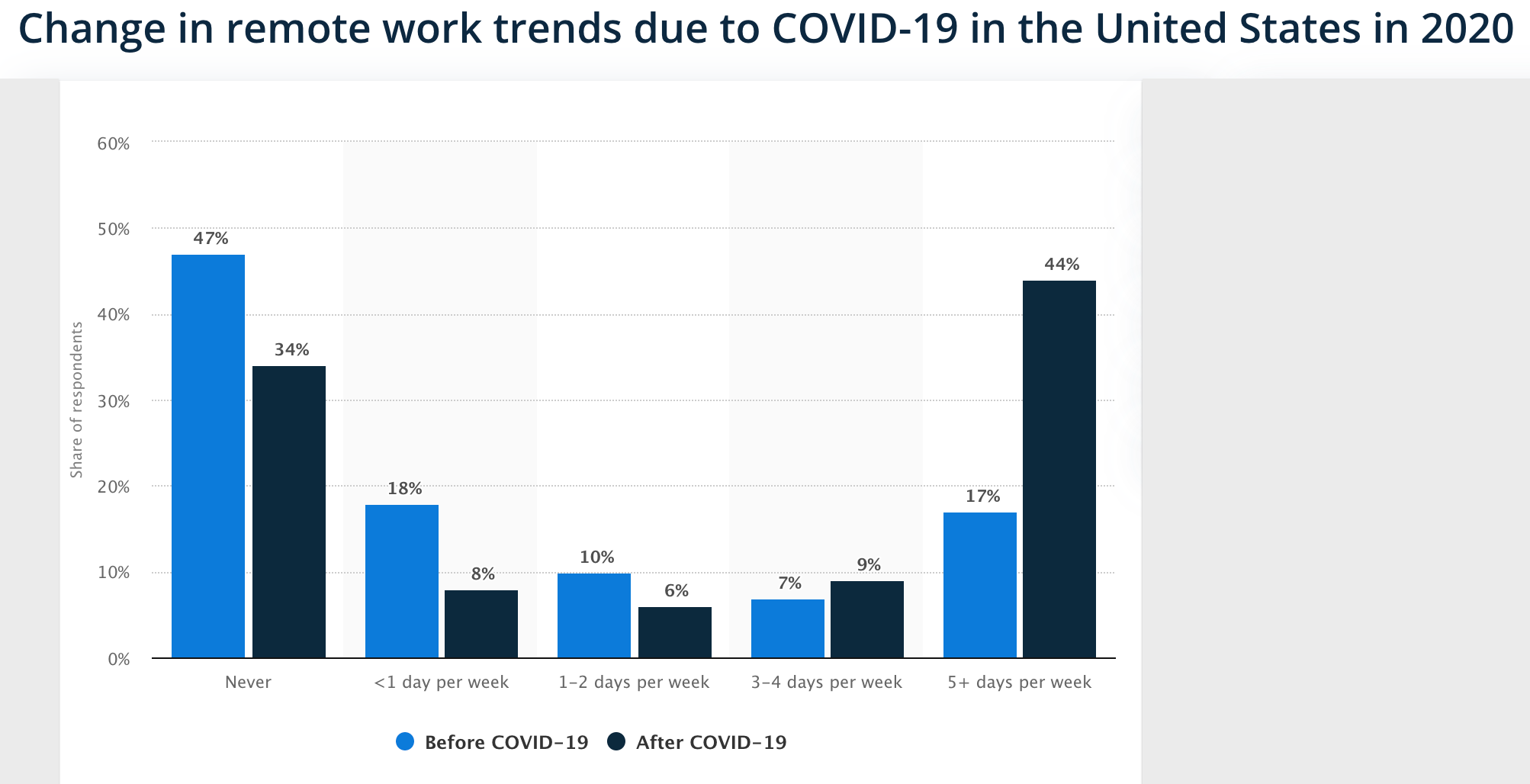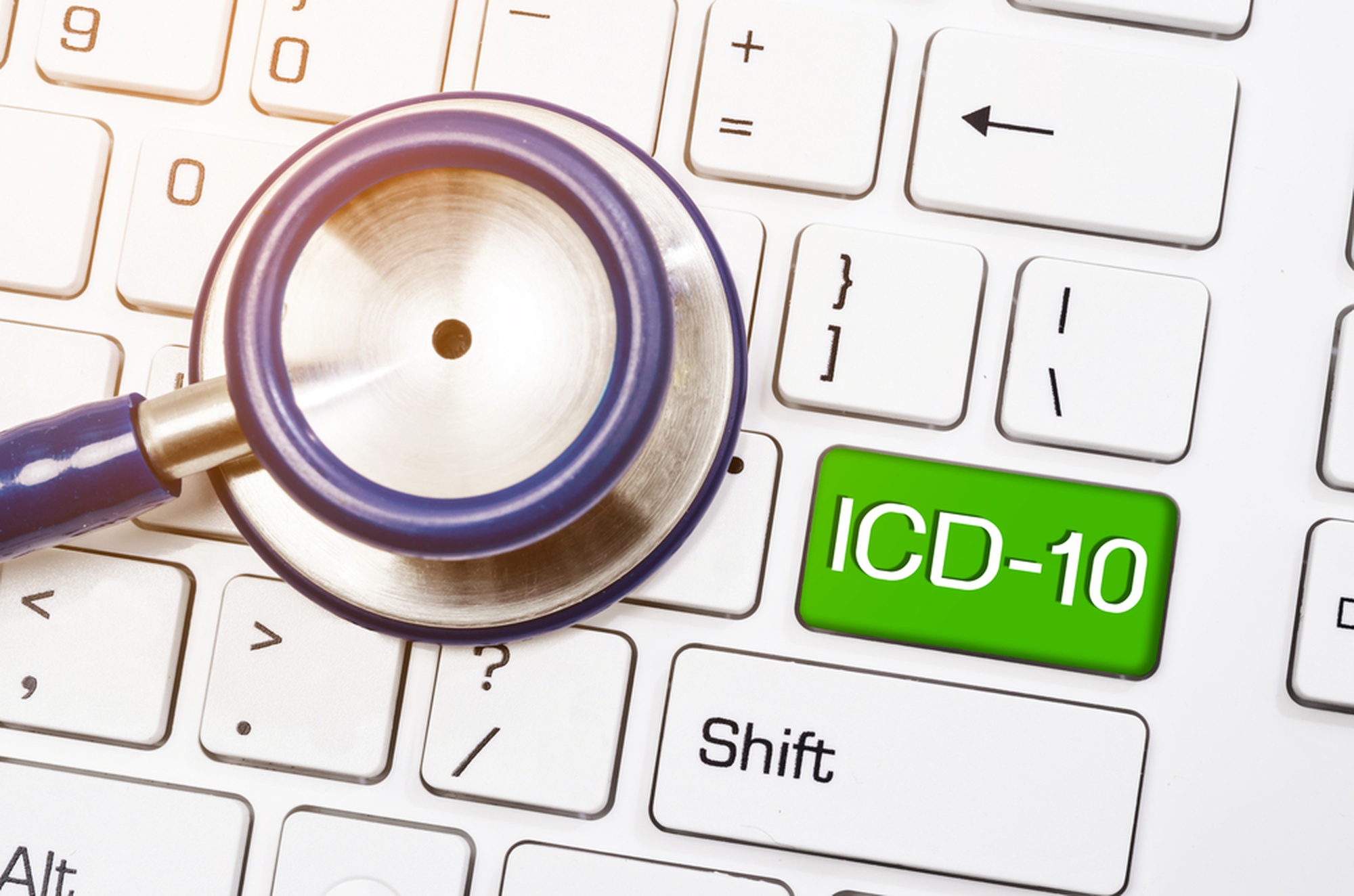Electronic billing and coding simplify the financial workflow between the patient, the healthcare provider, and the insurance company. No wonder that a whopping 94% of healthcare providers are eager to buy a medical coding solution again. Meanwhile, custom medical coding software will allow you to handle encoding challenges specific to your organization.
In this article, we cover the benefits of computer-assisted coding for physicians and hospitals, medical coding software market trends, key features, and implementation challenges.
How an ICD-10 coding software can help you optimize expenses

According to a recent study, U.S. healthcare providers spend 34% of their total annual expenditure on administration, with billing and insurance-related (BIR) costs traditionally accounting for the lion's share of this figure.
Since medical coding is a crucial component of the BIR workflow, ICD-10 software has the potential to significantly reduce your administrative costs with functions like:
-
Automated code lookup with the help of keywords and modifiers
-
Spelling checks
-
Instant alerts for potential conflicts between codes
-
Regular updates of the codebase as new codes appear
-
Computer-assisted coding audits
Though no software can be a substitute for a human coder (at least, so far), it can streamline the process to a few simple clicks, allowing you to hire fewer medical coding employees without compromising on performance. Given that an average U.S. medical coding technician makes $55,047 a year, this translates into significant savings.
Another positive effect of computer-assisted medical coding is the decrease in human errors. Because inaccurate codes in insurance claims can negatively affect your bottom line, compromise your patients, and even incur federal fines, robust medical encoding software is vital for the survival of every healthcare facility.
Read also our guide on building custom medical billing and claim processing software.
Medical coding software market trends
While the COVID-19 pandemic has put many businesses at risk, it has also provided a catalyst for their digital transformation. Global changes have affected the medical coding market, which had been relatively static throughout its existence. As a result, the year 2020 brought about new medical coding system development trends and accelerated the existing ones.
The need for adaptability
It’s no secret that the U.S. medical coding system changes regularly. But 2020 was particularly prolific in that regard, introducing numerous codes related to COVID-19 treatment and testing, as well as telehealth services. This led to an uptick in claim denials. Additionally, ICD-11, the 11th edition of ICD, will come into effect on January 1, 2022 and will eventually replace the ICD-10 taxonomy by 2025, meaning that healthcare providers must adapt software to ICD-11 today.
All in all, the year 2020 demonstrated that changes can occur at any time, and you should remember this if you’re looking to develop custom medical coding software. A solution with an adaptable codebase is vital for rapidly changing codes and billing requirements with minimal losses.
Further automation and AI
Along with a variety of new codes, the COVID-19 outbreak has put a heavy strain on healthcare. To reduce this burden, many healthcare providers are looking for ways to automate certain tasks. Artificial intelligence can be particularly helpful in this respect. AI-based coding software can extract data from medical records for further coding, prevent coding errors, and streamline data entry.
In addition to that, the learning capabilities of AI will reduce the error rate over time.
Shift to the cloud

As Statista claims, the pandemic has accelerated the remote working trend, with 44% of U.S. employees working from home more than five days a week. The necessity for teleworking has accelerated cloud adoption across industries.
Healthcare facilities with medical coding professionals operating remotely have also found the cloud useful. Along with making it possible for medical coders to be always online and operate off-site within the same system, healthcare organizations enjoy the following benefits of cloud-based medical coding solutions:
-
You don’t have to build and maintain IT infrastructure.
-
You can easily scale up or down your system when necessary. As a result, if you’re planning to develop custom coding software using your in-house resources, the cloud will not just be a necessity but also a significant relief.
-
If you don’t want to build a medical coding system on your own and prefer using third-party solutions instead, cloud computing allows you to leverage the power of electronic coding on a subscription basis. This means that you don’t have to purchase or build newer versions of software—your provider will update it remotely.
That’s why we, at Demigos, strongly believe that the number of cloud-based medical coding solutions is set to increase.
New security challenges
Apart from the benefits of teleworking, there are also drawbacks. Given that medical coders deal with sensitive patient data, the shift towards work from home raises cybersecurity concerns. And unfortunately, these are not unfounded because:
-
Remote employees may use an insecure internet connection
-
The device used for medical coding tasks might be lost or stolen
-
Some of your employees might not be able to operate privately
-
They might have poor sensitive data management habits
Migrating telework-related security risks and protecting your database from unauthorized intrusions require a broad set of measures, including anti-malware and encryption software. Consider this when building a medical coding system.
You are also welcome to read about healthcare technology, home healthcare, and medical billing trends.
Key medical coding software features
If you google “medical encoding software,” you’ll find a list of solutions of varying complexity and price. Some of them are standalone tools designed specifically for coders, while others are medical billing solutions with coding functionality. Still, at its core, an encoder is a digital version of a traditional codebook with streamlined code selection and editing capabilities.
So, if you’re considering custom medical coding software development, be sure to implement the following features before proceeding with any additional enhancements. Basically, any encoder has two sets of functionalities:
-
Code selection capabilities
-
Editing features
Let’s look at each set in more detail.
Code selection capabilities
Before the advent of encoding solutions, a typical medical coding workflow involved a great deal of paperwork and thumbing through thick manuals. For example, to find the correct code for diagnosis, a medical coder had to find the condition in the alphabetical index, verify the code found in the index with the help of a tabular index, and finally, review the chapter-specific coding guidelines.
A robust medical coding solution streamlines this process due to an extensive codebase with relevant CPT, ICD, and HCPCS codes, as well as a variety of code selection options. These include:
-
Instant search based on a code, keyword, or a modifier with the ability to add custom codes for quick access
-
Electronic tabular index with a detailed description of each code, links between various codes, AMA and Medicare rules, dental and anesthesia crosswalks, CCI references, and beyond
-
Alphabetical index with detailed descriptions of every CPT, ICD, and HCPCS
Basically, your electronic codebase will not just help you locate accurate codes more quickly but will also serve an educational purpose while streamlining knowledge-sharing in your organization. Plus, it should be updated as new codes appear and are implemented.
Editing features

According to recent research, 17% of insurance claims are denied. Code errors, the lack of medical necessity, and missing details are among the primary reasons for denials. This means that more thorough double-checking has the potential to reduce your denial rates considerably. That’s why your medical coding solution will be incomplete without the following editing features:
-
Spelling checks
-
Checks for conflicts between ICD, CPT, and HCPCS
-
Checks for mismatches between selected codes and the patient’s data, such as age or gender
-
CCI and MUE checks for Medicare and Medicaid
-
Compliance checks
A perfect solution is easy-to-use, seamlessly integrates into the existing EHR or EMR system of the healthcare facility, and complies with HIPAA guidelines, which pose additional challenges to anyone looking to build an ICD-10 coding software on their own.
ICD-10 coding software development challenges
Purchasing an off-the-shelf solution is the fastest and easiest way to start enjoying the benefits of computer-assisted medical coding. However, despite the increasing demand for quality encoding software, the market is limited just to a few types of products when it comes to solutions designed solely for medical coding. That’s why many healthcare providers decide to build a medical coding system on their own.
If you’re interested in a bespoke solution, be prepared for the following challenges.
UX/UI
Clinical coding is a complex process and involves dealing with a lot of medical information. Besides, medical coding professionals are expected to learn and hone their skills constantly as new codes and billing requirements come into force regularly.
However, your task is not just to make sure that your coding team stays current with the latest coding practices but also to reduce their learning curve. One way you can make your employee’s lives easier is to spare them slow and complex solutions, which will slow down the entire process instead of streamlining it.
According to our experience, a perfect custom medical coding system is a combination of an intuitive interface with rich functionality. The hardest part is hitting this balance.
Security and compliance
Healthcare facilities have always been the top target for hackers. But with the unprecedented rise of teleworking and COVID-19-related information becoming more appealing to hackers, the number of cyberattacks within the industry doubled in 2020. Because medical coding is all about dealing with sensitive information, you must pay particular attention to security measures if you’re considering building a custom solution.
At the same time, when it comes to security-first software development in a healthcare context, hackers are not the only concern. Like it or not, building a truly hacker-proof system is only half the battle. Whether you need a clinical study management system or patient monitoring software for your home care business, you should also make sure that your solution complies with all the applicable laws, such as HIPAA.
Since non-compliance might entail steep fines and loss of reputation, it’s imperative for healthcare providers to implement solutions that:
-
Ensure a HIPAA-compliant medical coding workflow
-
Adhere to all the HIPAA-related agreements signed with software development vendors
-
Have all technical safeguards required by the Act, including multiple firewalls, system logs, SSL and HTTP protocols, and beyond.
Integration with EMR and EHR
Over the last two decades, the U.S. government has been using various incentives and penalties to encourage healthcare providers to use electronic health and medical records (EHRs and EMRs accordingly), gradually turning EMR/EHR adoption from an option into a necessity. Apart from governmental bonuses, implementing an EMR/EHR system has other benefits: for example, integrating such a system with medical coding software can facilitate your patient management and billing workflows.
Read also: EHR Migration to the Cloud
However, there are also some pain points to consider. Suppose your EHR/EMR system is based on legacy architecture. In that case, chances are the integration won't be possible without the modernization of your system as legacy systems are not integration-friendly, to say nothing about possible security vulnerabilities. So, to ensure interoperability, make your core system integration-ready.
Finding a suitable vendor
Medical coding software development involves more than just building an electronic version of a traditional codebook with search and editing functionalities. You should also be aware of the latest market trends (which sometimes change on the fly) and be prepared to overcome challenges specific to software development in healthcare.
Of course, a powerful in-house development team will handle all these complexities and make an ICD-10 coding system tailored to your needs. But how can you unlock the power of tech if you don’t have the requisite expertise?
That’s where Demigos comes in. With our deep understanding of the healthtech sector’s needs, extensive expertise in the latest tech advancements, and experience building solutions for large, medium, and small businesses, we know how to create medical coding software that will significantly lessen your administrative burden and minimize your claim denial rates — just drop us a line!






